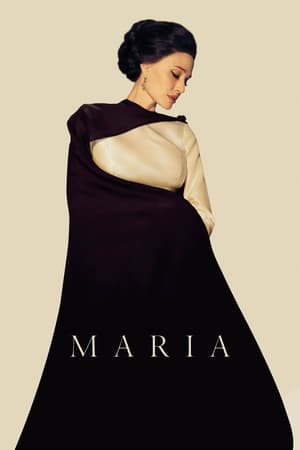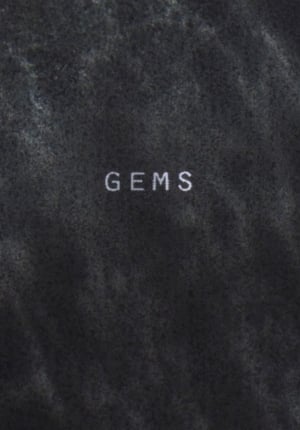
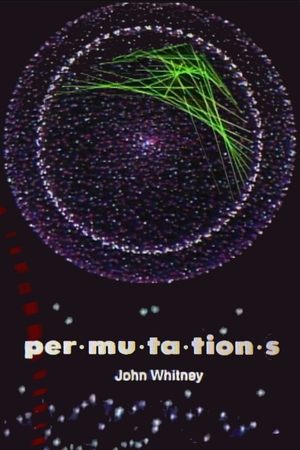
Permutations(1968)
An experimental short film by John Whitney Sr. which combines animated shapes and colors; Computer graphics as dynamic, swirling art. Preserved by the Academy Film Archive in 2014.
Movie: Permutations

Permutations
HomePage
Overview
An experimental short film by John Whitney Sr. which combines animated shapes and colors; Computer graphics as dynamic, swirling art. Preserved by the Academy Film Archive in 2014.
Release Date
1968-12-21
Average
6
Rating:
3.0 startsTagline
Genres
Languages:
No LanguageKeywords
Recommendations Movies
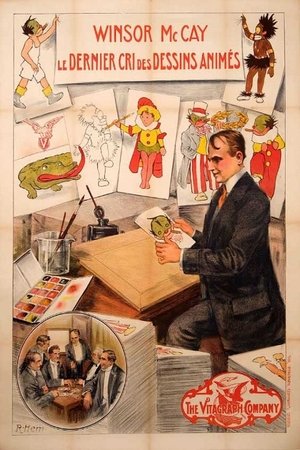 6.3
6.3Little Nemo(en)
Cartoon figures announce, via comic strip balloons, that they will move - and move they do, in a wildly exaggerated style. Also known as "Winsor McCay, the Famous Cartoonist of the N.Y. Herald and His Moving Comics".
Lapis(en)
James Whitney’s Lapis (1966) is a classic work of abstract cinema, a 10-minute animation that took three years to create using primitive computer equipment. In this piece smaller circles oscillate in and out in an array of colors resembling a kaleidoscope while being accompanied with Indian sitar music. The patterns become hypnotic and trance inducing. This work clearly correlates the auditory and the visual and is a wonderful example of the concept of synaesthesia.
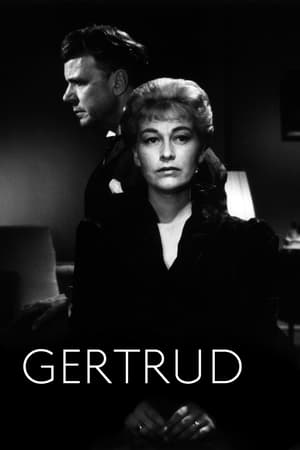 7.2
7.2Gertrud(da)
Hopeless romantic Gertrud inhabits a turn-of-the-century milieu of artists and musicians, where she pursues an idealized notion of love that will always elude her. She abandons her distinguished husband and embraces an affair with a young concert pianist, who falls short of her desire for lasting affection. When an old lover returns to her life, fresh disappointments follow, and Gertrud must try to come to terms with reality.
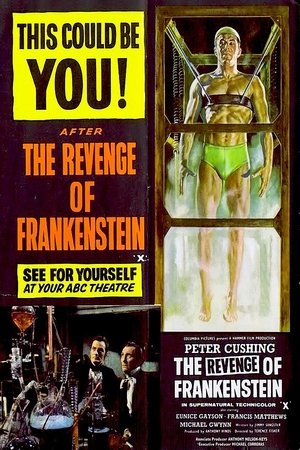 6.6
6.6The Revenge of Frankenstein(en)
Rescued from the guillotine by his devoted dwarf Fritz, the Baron relocates to Carlsbruck, where he continues his gruesome experiments.
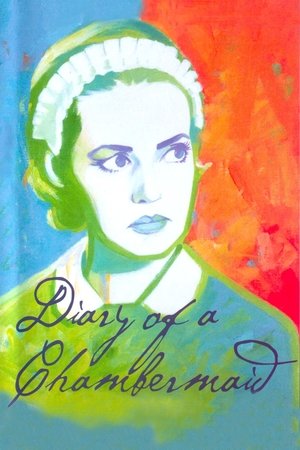 7.1
7.1Diary of a Chambermaid(fr)
Celestine has a new job as a chambermaid for the quirky M. Monteil, his wife and her father. When the father dies, Celestine decides to quit her job and leave, but when a young girl is raped and murdered, Celestine believes that the Monteils' groundskeeper, Joseph, is guilty, and stays on in order to prove it. She uses her sexuality and the promise of marriage to get Joseph to confess -- but things do not go as planned.
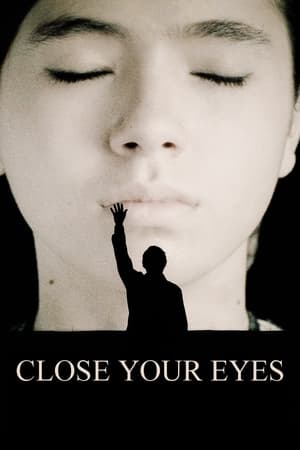 7.1
7.1Close Your Eyes(es)
Years after his mysterious disappearance, Julio Arenas, a famous Spanish actor, is back in the news thanks to a television program.
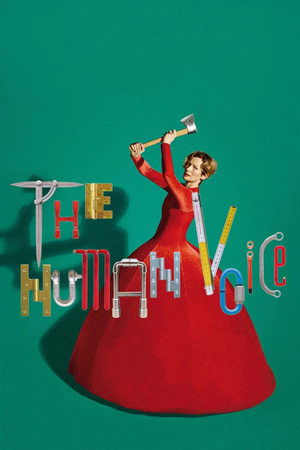 6.8
6.8The Human Voice(en)
A woman watches time pass beside the suitcases of her ex-lover (who is supposed to come pick them up but never arrives) and a restless dog who doesn't understand that his master has abandoned him.
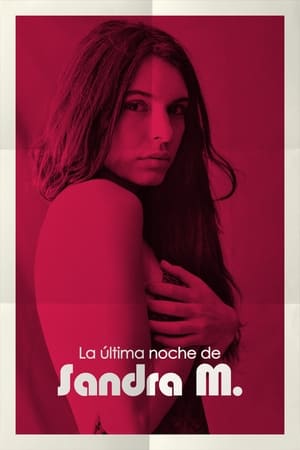 5.7
5.7The Last Night of Sandra M.(es)
Freely inspired by the life of the actress Sandra Mozarowsky, who died in 1977 when she fell from the terrace of her house in Madrid, the story will focus on the day before the accident, in which loneliness, fear and anguish in the face of a situation desperate mix with his dreams and ambitions.
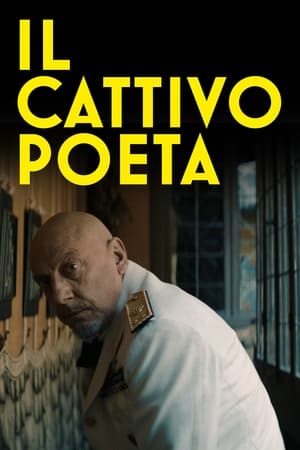 6.1
6.1The Bad Poet(it)
1936. Giovanni Comini, the youngest Federal in Fascist Italy, is summoned to Rome for a delicate mission: to surveil aging national poet Gabriele D'Annunzio, whose increasingly restless behavior Mussolini fears could damage his alliance with Nazi Germany. However, after spending time with D'Annunzio, Comini finds himself torn between loyalty to the Party and his fascination with the poet, who will put his burgeoning career at risk.
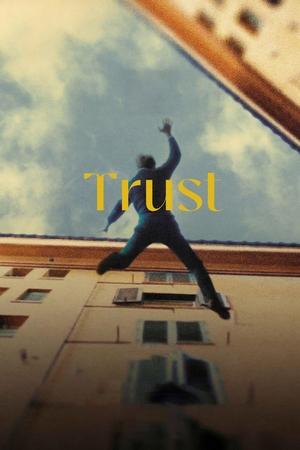 6.4
6.4Trust(it)
Pietro is a revered teacher, Teresa his brilliant and precocious student. Their affair is both illicit and tempestuous. After one fight, Teresa suggests that each tell the other a secret, one so shameful or shocking that were it to be made public, it would destroy that person’s life. Time passes, Pietro’s stature as a writer grows and his family settles into the comfort of a bourgeois life. But he is haunted by the possibility that Teresa may one day reappear and tear apart his world with the secret she knows.
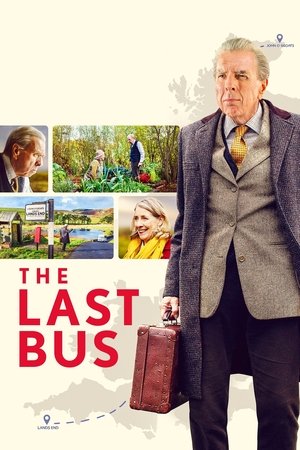 6.5
6.5The Last Bus(en)
Widower Tom, on the recent passing of his wife Mary, uses his free bus pass to travel the length of Britain from John O'Groats in Caithness to Land's End in Cornwall, their shared birthplace, using only local buses. It's an incident-fuelled nostalgia trip and his encounters with local people make him a media phenomenon. Tom is totally unaware and to his surprise on arrival at Land’s End he’s greeted as a celebrity.
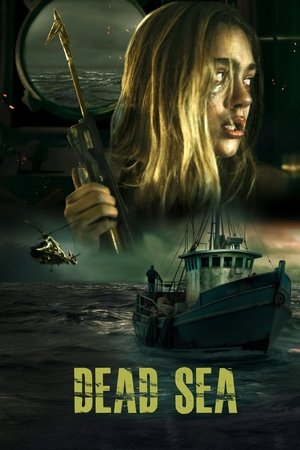 6.3
6.3Dead Sea(en)
Stranded in the open sea after a fatal accident, a young woman and her two friends are rescued by a fishing vessel's captain, unaware that the ship harbors a chilling secret.
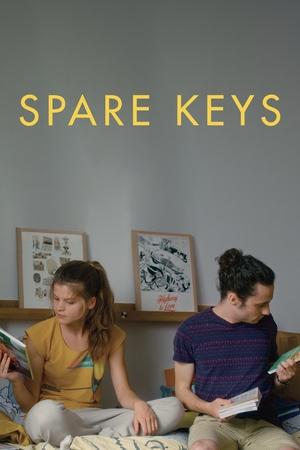 6.8
6.8Spare Keys(fr)
Nancy, East of France. Summertime. Seeking to escape her troublesome family environment, Sophie, 15, jumps at the chance to get the spare keys to her wealthy friend Jade's house. While enjoying the spacious home she thought deserted for summer, she bumps into her friend's older brother Stéphane, who, as fate would have it, was also planning on staying. But instead of chasing her out, Stéphane will choose to leave the door open as an invitation to a summer Sophie never expected.
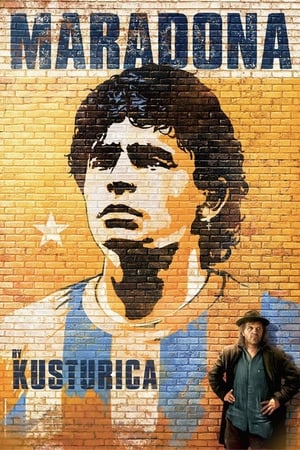 6.3
6.3Maradona by Kusturica(en)
A documentary on Argentinean soccer star Diego Maradona, regarded by many as the world's greatest modern player.
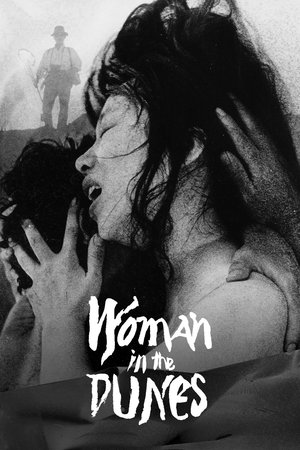 8.2
8.2Woman in the Dunes(ja)
A vacationing entomologist suffers extreme physical and psychological trauma after being taken captive by the residents of a poor seaside village and made to live with a woman whose life task is shoveling sand for them.
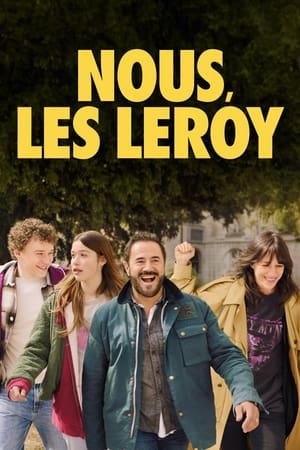 6.3
6.3Meet the Leroys(fr)
A man takes his wife and their teenage children on a road trip down memory lane while facing divorce.
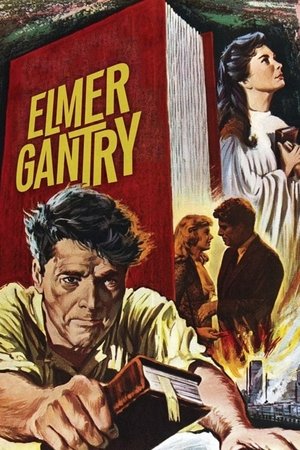 7.3
7.3Elmer Gantry(en)
A charismatic charlatan begins a business — and eventually romantic — relationship with a roadside evangelist to sell religion to 1920s America. Based on Sinclair Lewis' novel of the same name.
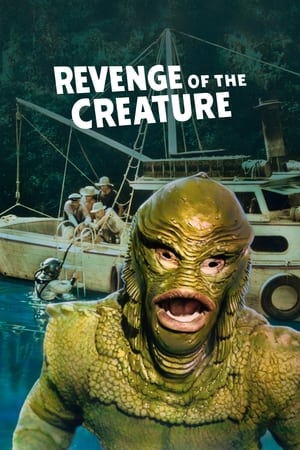 5.6
5.6Revenge of the Creature(en)
In a tributary of the Amazon, a monster – half-man, half-fish – is captured and placed in a reservoir in a Florida national park to be observed by scientists.
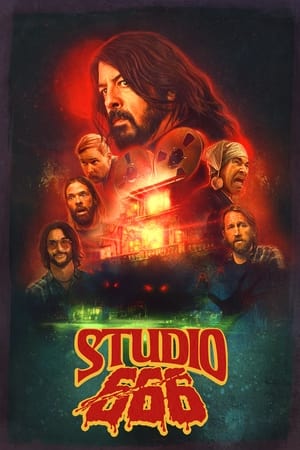 5.9
5.9Studio 666(en)
Legendary rock band Foo Fighters move into an Encino mansion steeped in grisly rock and roll history to record their much anticipated 10th album. Once in the house, Dave Grohl finds himself grappling with supernatural forces that threaten both the completion of the album and the lives of the band.
Similar Movies
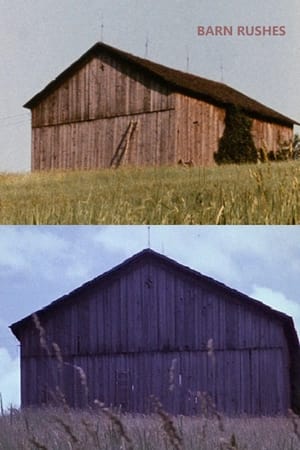 6.2
6.2Barn Rushes(en)
"…elegant yet rustic in its simplicity of execution; tugged gently toward different sides of the set by hints of color and motion interactions, positive and negative spaces, etc., and the unyielding delivery on one of the great apotheoses of poetic cinema at fade-out time." – Tony Conrad
 10.0
10.0365 Day Project(en)
This exhibition focuses on Jonas Mekas’ 365 Day Project, a succession of films and videos in calendar form. Every day as of January 1st, 2007 and for an entire year, as indicated in the title, a large public (the artist's friends, as well as unknowns) were invited to view a diary of short films of various lengths (from one to twenty minutes) on the Internet. A movie was posted each day, adding to the previously posted pieces, resulting altogether in nearly thirty-eight hours of moving images.
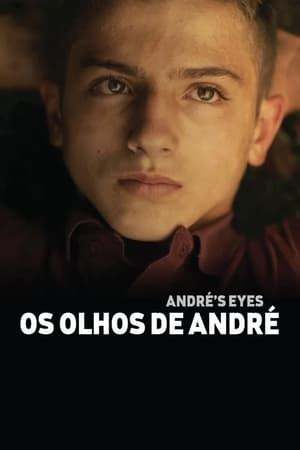 8.0
8.0André's Eyes(pt)
André's Eyes is an experimental docudrama in which the actual family members themselves participate in the recreation of their own story. Set in a small village in the Portuguese countryside, the film follows the struggle of a divorced father to keep his family together after his youngest son is taken away from them and placed in a foster family.
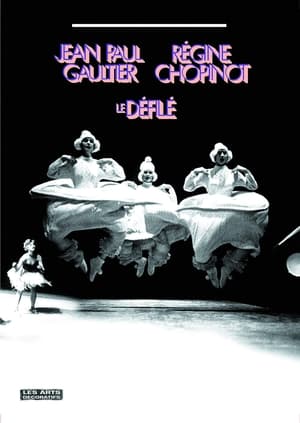 3.0
3.0Le Défilé(fr)
"Le Défilé" is a short film of Regine Chopinot & Jean-Paul Gaultier's collaborations, from a retrospective exhibit by the same name.
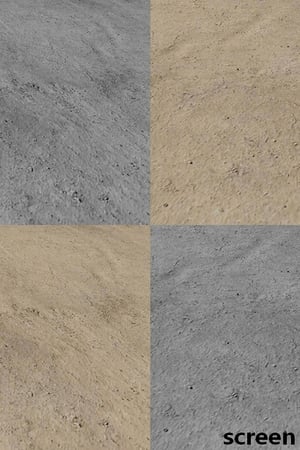 0.0
0.0Screen(de)
“While he mused on the effect of the flowing sands, he was seized from time to time by hallucinations in which he himself began to move with the flow.“ (Kōbō Abe) Liminal zones. Floating particles. Fire, water, earth, air. Voices of fictional characters: sometimes suggestive, sometimes strict, leading the viewer away from the here and now. Who's talking? The relationship between the hypnotized subject and the hypnotist is mirrored in the spectator's relationship to the screen.
Naran Ja(en)
After being invited by Benjamin Millepied to a rehearsal for the L.A Dance Project's premiere performance, Oscar-nominated director Alejandro G. Iñárritu was inspired to make a video-exercise that documents movement and dance in an experimental way, with a stream of consciousness narrative. The story takes place in a secluded, dusty space and centers around LADP dancer Julia Eichten who seems to be on an eternal search... for herself.
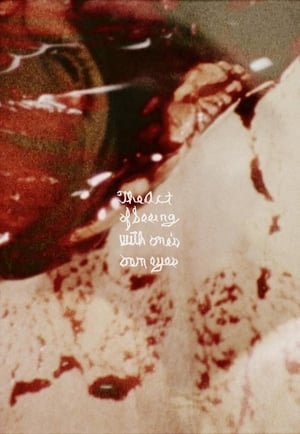 6.3
6.3The Act of Seeing with One's Own Eyes(en)
At a morgue, forensic pathologists conduct autopsies of the corpses assigned. "S. Brakhage, entering, WITH HIS CAMERA, one of the forbidden, terrific locations of our culture, the autopsy room. It is a place wherein, inversely, life is cherished, for it exists to affirm that no one of us may die without our knowing exactly why. All of us, in the person of the coroner, must see that, for ourselves, with our own eyes. It is a room full of appalling particular intimacies, the last ditch of individuation. Here our vague nightmare of mortality acquires the names and faces of OTHERS. This last is a process that requires a WITNESS; and what 'idea' may finally have inserted itself into the sensible world we can still scarcely guess, for the CAMERA would seem the perfect Eidetic Witness, staring with perfect compassion where we can scarcely bear to glance." – Hollis Frampton
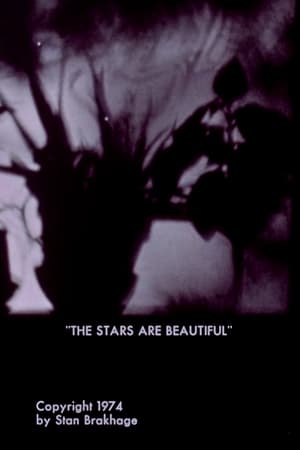 5.0
5.0The Stars Are Beautiful(en)
We move back and forth between scenes of a family at home and thoughts about the stars and creation. Children hold chickens while an adult clips their wings; we see a forest; a narrator talks about stars and light and eternity. A dog joins the hens and the family, while the narrator explains the heavens. We see a bee up close. The narrator suggests metaphors for heavenly bodies. Scenes fade into a black screen or dim purple; close-ups of family life may be blurry. The words about the heavens, such as "The stars are a flock of hummingbirds," contrast with images and sounds of real children.
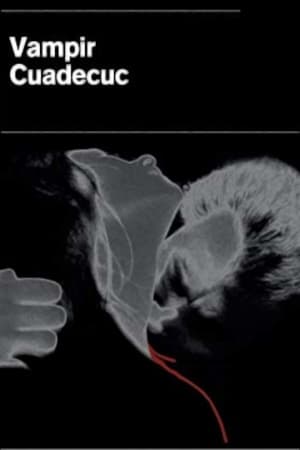 6.0
6.0Vampir Cuadecuc(en)
An atmospheric essay, which is an alternative version of Count Dracula, a film directed by Jess Franco in 1970; a ghostly narration between fiction and reality.
 6.2
6.2Galician Caress (of Clay)(es)
This film was reconstructed and completed in 1995 by Javier Codesal for the Filmoteca de Andalucia, from the montage and the sound that Val del Omar had outlined before his death, after having returned to a project abandoned twenty years before with the incorporation of significant additions (above all in the soundtrack). Val del Omar's notes show that, as he typically did, he had other alternative titles in mind, such as "Acariño de la Terra Meiga" (Caress of the Magic Land), "Acariño a nosa terra" (Caress of Our Land), or "Barro de ánimas" (Clay of Souls), and that in the final phase of the unfinished project he wanted to add a second sound channel – following the diaphonic principle, and using electro-acoustic techniques – consisting of ambient material that he intended to record at the first screenings of the film in the very places and to the very people that were its origin: its "clay".
 6.3
6.3Vibration of Granada(es)
This is a short film that, although a documentary in appearance, has very little to do with the generic conventions of that form. It would seem, then, that what we have here is the embryo of what he was subsequently to call the "elementary": an abstract or lyrical modality in the perception and exposition of the real.
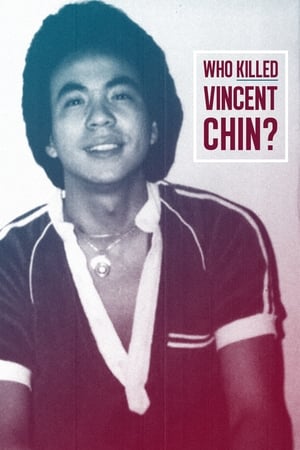 5.0
5.0Who Killed Vincent Chin?(en)
This film recounts the murder of Vincent Chin, an automotive engineer mistaken as Japanese who was slain by an assembly line worker who blamed him for the competition by the Japanese auto makers that were threatening his job. It then recounts how that murderer escaped justice in the court system. Restored by the Academy Film Archive and The Film Foundation, in association with the Museum of Chinese in America. Restoration funding provided by the Hobson/Lucas Family Foundation, with additional support provided by Todd Phillips.
 6.9
6.9Window Water Baby Moving(en)
On a winter's day, a woman stretches near a window then sits in a bathtub of water. She's happy. Her lover is nearby; there are close ups of her face, her pregnant belly, and his hands caressing her. She gives birth: we see the crowning of the baby's head, then the birth itself; we watch a pair of hands tie off and cut the umbilical cord. With the help of the attending hands, the mother expels the placenta. The infant, a baby girl, nurses. We return from time to time to the bath scene. By the end, dad's excited; mother and daughter rest. Preserved by the Academy Film Archive in 2013.
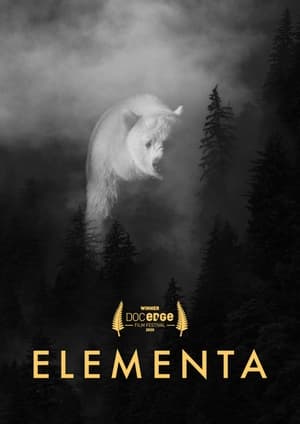 6.5
6.5Elementa(en)
A black-and-white visual meditation of wilderness and the elements. Wildlife filmmaker Richard Sidey returns to the triptych format for a cinematic experience like no other.
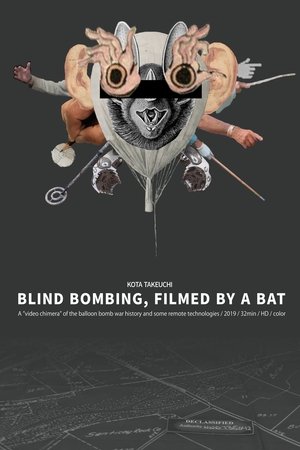 0.0
0.0Blind Bombing, Filmed by a Bat(ja)
During WWII, the Japanese army developed experimental balloons able to cross the Pacific Ocean and reach the West Coast of North America in 3-6 days. Armed with explosives, they were given the code name fu-go, or fusen bakudan (“fire balloons,” or balloon bombs) in an attempt to instill a culture of fear like that caused by the far more deadly American firebombing of Japanese cities. The U.S. responded by enacting a censorship campaign, requesting newspapers avoid reports of fu-go landings or sightings. Living near the remains of a fu-go launch site in Fukushima Prefecture, Takeuchi mimics their flight take-off using a drone camera, and, traveling to North America, follows their arrival across the shoreline and rural landscapes, using a bat’s echolocation as narrative device to place fu-go and Fukushima as echos across history.
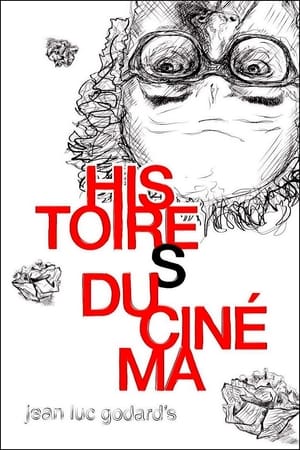 6.2
6.2Histoire(s) du Cinéma 1a: All the (Hi)stories(fr)
A very personal look at the history of cinema directed, written and edited by Jean-Luc Godard in his Swiss residence in Rolle for ten years (1988-98); a monumental collage, constructed from film fragments, texts and quotations, photos and paintings, music and sound, and diverse readings; a critical, beautiful and melancholic vision of cinematographic art.
Anselmo(en)
Strand spent over twenty years documenting her friend Anselmo Aguascalientes’ life, eventually creating a stunning trilogy of films—Anselmo, Cosas de mi vida, and Anselmo and the Women—tender portraits that are also glimpses into poverty, resourcefulness, perseverance and patriarchy. Preserved by the Academy Film Archive in 2016.
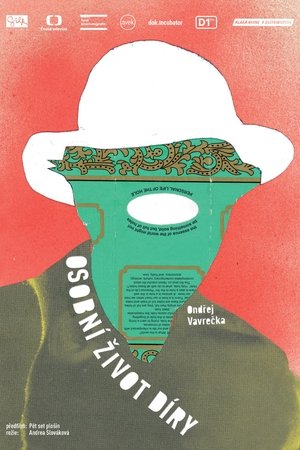 0.0
0.0Personal Life of a Hole(cs)
A hole gapes in a house wall. A small flaw, something imperfect that we seldom consciously direct our attention to. Filmmaker Ondřej Vavrečka finds holes in every corner. His focus is on the imperfections of human existence. A hole can also mean an uncertain future, or an empty stomach. The gap that partners leave behind after a breakup. Ondřej Vavrečka does not only deal with visible holes. He looks at the incomplete from a philosophical perspective. He also lets a nuclear physicist, a theologian and an ethnologist have their say. He underscores their thoughts and theses with absurd everyday scenes: a woman with a chair on her head or an invisible skier. These scenes combine with interviews, sounds and stop-motion sequences to create a playful collage.
 6.0
6.0Shashin no Ma(ja)
The scratched and faded – and at times almost abstracted – home movies that pass through the projector in Tetsuya Maruyama's "Shashin no Ma" simultaneously welcome and resist nostalgia, in what is both a meditation on the physical nature of the analogue film strip and the ghosts that reside within it as well as a poignant tribute by an artist-filmmaker son to his amateur-filmmaker father.
